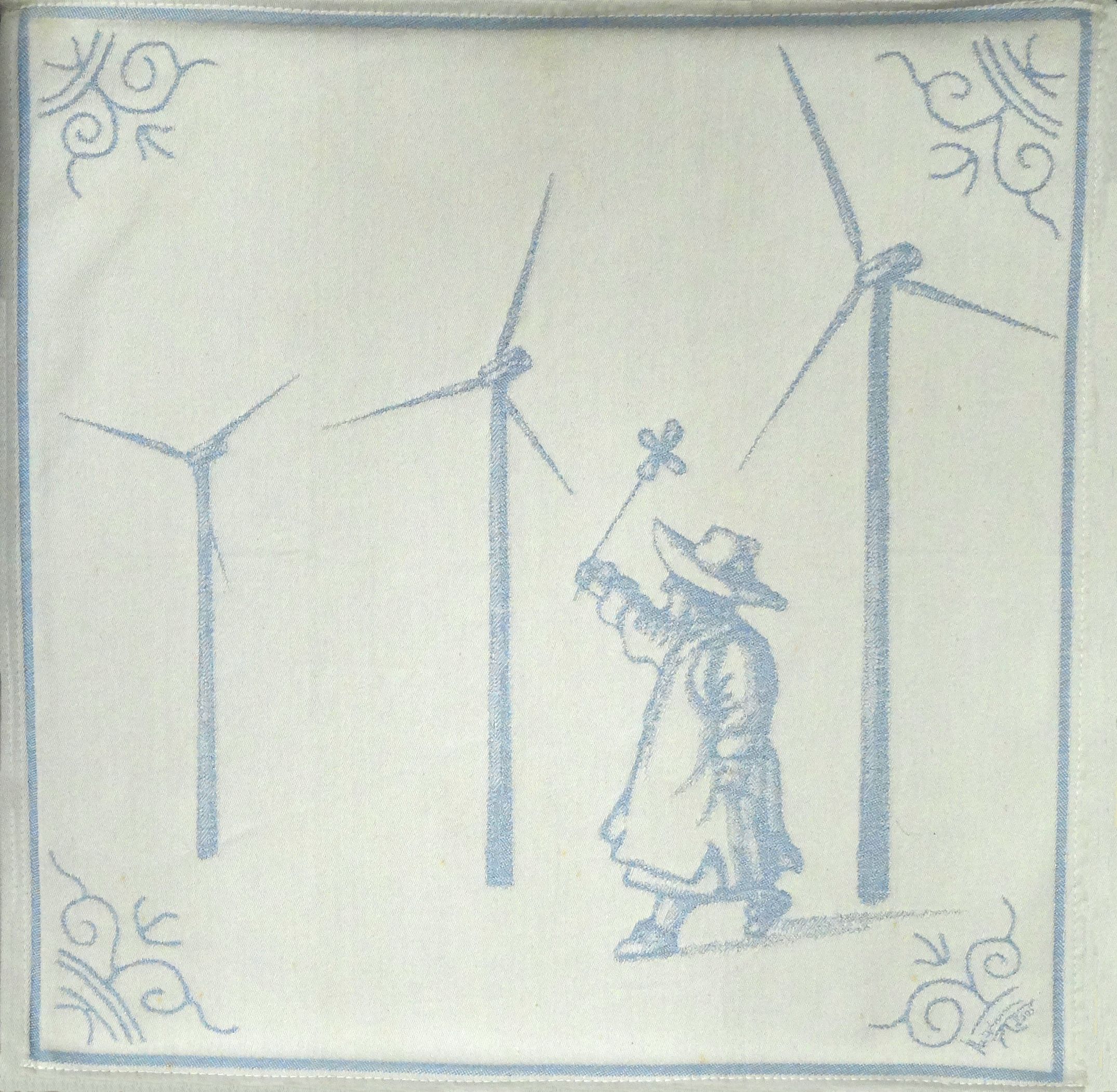Science

In December 2016 I retired as professor of wind energy at Delft University of Technology. 40 years before that I had started as one of the first researchers in the Netherlands in the field of wind energy. Since then, wind turbines grew from 5 to 200 m diameter, and a single wind turbine in a courtyard became a wind power station in the North Sea. Instead of granting subsidies for the development of technology and the market, the government now earns money from issuing permits for an offshore wind farm. In other words: I had a wonderful job, in which I contributed to this development. For more details, see the CV page.
The last 18 years I was professor and director of wind energy research institute Duwind. In such a position, most of the time is spent on enabling and directing education and research. These management tasks leave little time for own research, other than that carried out by PhD students. Even though the supervisors and professors determine the research goals and provide guidance, the intellectual property of it lies with the PhD students. Their publications can be found in scientific databases and the TU-Delft repository.
This website is about my own research. I couldn't resist continuing this after my own PhD, in evening and weekend hours, occasionally during the day even though those hours felt like stolen hours, and during a sabbatical leave. The common thread in this research is going back to the basics of rotor research at the beginning of the 20th century. My motivation to study topics of 100 years ago is described in the Preface of my book ‘The fluid dynamic basis of actuator disc and rotor theories‘, see the page Publications, of which a shorter version is copied here:
In 1918 prof. Joukowsky, one of the founders of modern aerodynamics, published the first rotor performance prediction. A century of research has expanded the knowledge of rotor aerodynamics enormously, with modern computer power and measurement techniques enabling detailed analyses of flows which were out of reach 100 years ago. However, the concepts for modelling a rotor in performance calculations as proposed by Froude, Betz, Joukowsky and Glauert are still used, be it with modifications and expansions. Especially the fast development of wind energy has revitalised the use of these concepts as they enable fast and accurate rotor designs. Although the early models for a rotor have a proven track record, there is room for improvement in knowledge. The author returned to these models expecting that the combination of mathematics, dedicated computations and wind tunnel experiments would bring more physical insight. Furthermore, to the author’s opinion several old questions were still waiting to be resolved. Although numerical methods and experiments have contributed to the book, most of the content is a mathematical treatment of the fluid dynamic aspects of rotor modelling as, quoting Maxwell (1831-1879): ‘there is nothing more practical than a good theory’.